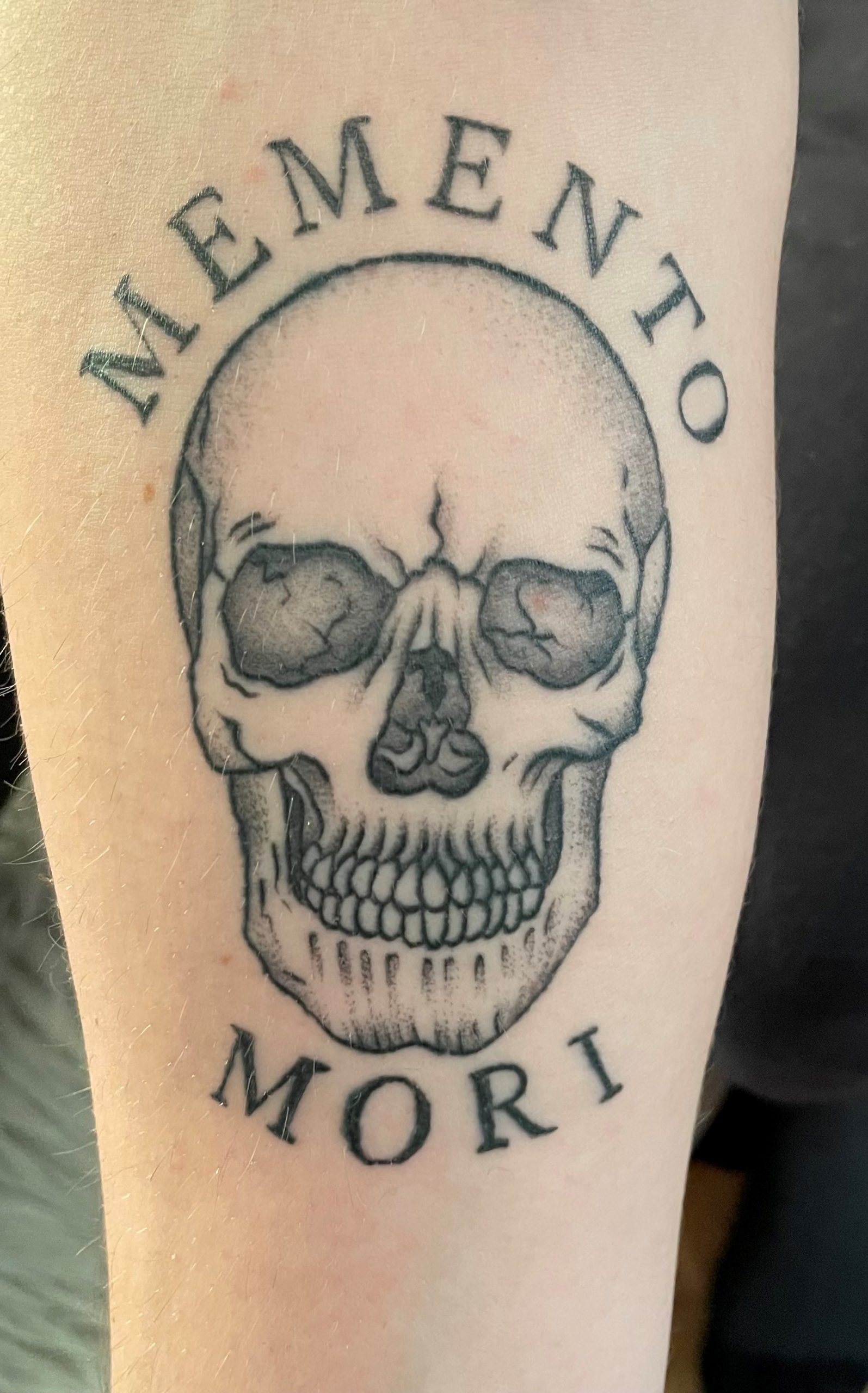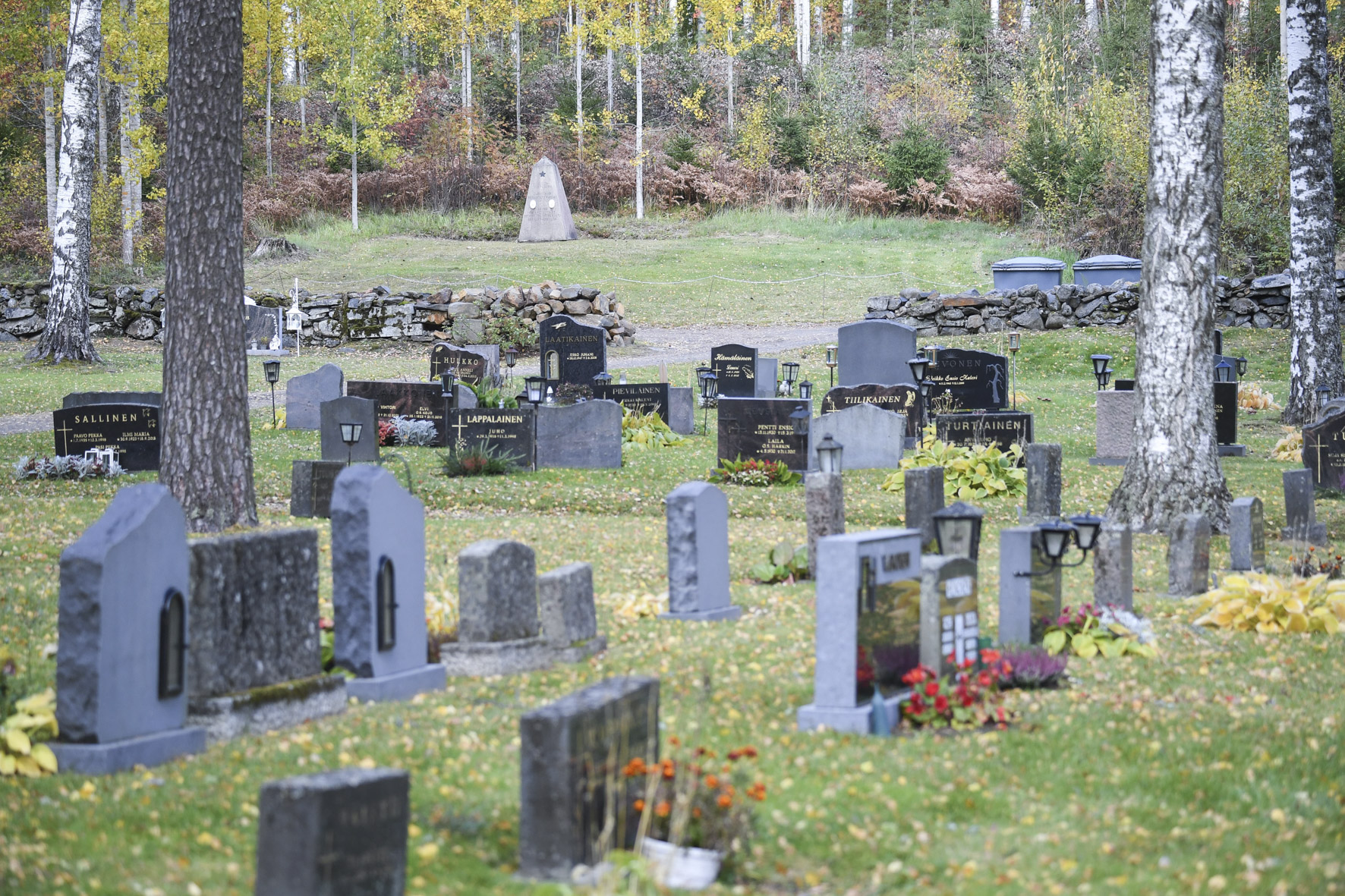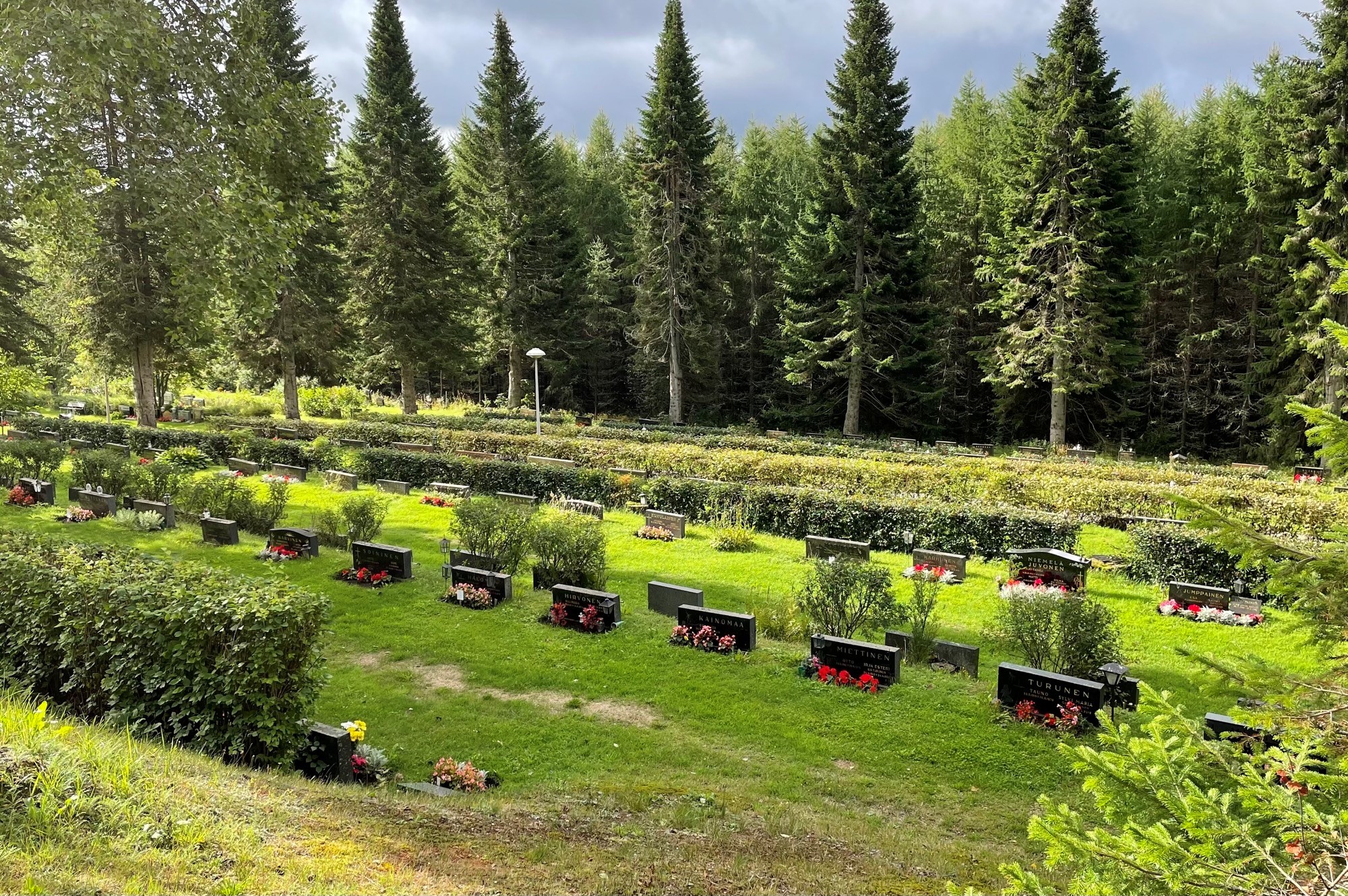Death connecting people
Death is universal because it confronts all of us. Today death is hidden in hospitals and healthcare facilities, but it is also present in everyday life, through the media in your hands.

Death is a real-time war. Through various online applications (whatsap, email, etc.), deaths of soldiers, mothers and children are shared. Unexpected violent deaths are affecting more and more people personally, as well. It comes close. Immigration, refugees and general internationalization put us in more direct personal connection with a citizen of a country at war or in a conflict zone. Death is present as a real and imaginary fear of war, and, at the same time, a lurking threat posed by the coronavirus. The timelinessness of death is enhanced by talk of extinction, the gradual disappearance of life from the planet caused by climate change. In the background lurks the possible total destruction caused by a nuclear war, an asteroid, or some natural disaster.
Death and feelings
Death, despite its presence, is not an ordinary or routine matter. The death of a loved one evokes a strong feeling. The feeling is often so intense that it dominates reality, and one does not think about one’s own actions. Regarding the justified natural death of an elderly man or woman, the end of life is considered a natural event that touches those close to him or her. But dramatic, “false” deaths evoke emotions extensively and also bring unknown people into action. The messages and images conveyed in social media of short-term outbursts of emotion create momentary cohesion and energy in everyday life. Shared remembrance and other modern rituals of the social community bring people together to express their feelings and show their participation, and the deceased really does not have to be close.

Marks of death
Death is being marked. Streets, roadsides and other public spaces of deaths, accidents and acts of violence are filled with flowers, candles and other artifacts. Death is publicly remembered and, at the same time, the emotional experience and experience of death is shared with like-minded people.
With the advancement of technology, camera phones, and other communications, rituals have become a virtual reality that takes place here and now, but, at the same time, it is repeated in a virtual world, a controlled and limited reality where not everyone is involved and reality is limited. The ritual highlights the focus on the phones of everyone who participates in it. The key is to show: I’m here… and as part of the action. Remembering thus becomes a playful activity, a decorative ritual. People act like a ritual, even if they don’t think about it when they participate in it. For them, participating in a ritual is an aesthetic activity where the inner personal feeling is allowed to show.
The private and the public
Death is connected to public life and, at the same time, to private life. Death affects particularly the family and kinship of the deceased, but at death the concrete social reality with its various acts emerges. In a changing world, the inevitability of death is unchanging. In the context of migration and overcrowding, it highlights states and membership. It is a question of belonging.

The changing cultural and social significance of death has been debated for decades. Much has been said about developments where death is denied or obscured, death is combated, and it becomes a private matter. The general saying is that the current culture of death is worse than before.
Community at the cemetery
Community and belonging are built through the cemetery. The cemetery is a stage of death that holds a collective regional tradition. Each new deceased connects new actors to the cemetery space, who at the same time become members of a spatial entity limited in time and territory. They internalize the collective territorial tradition and build it themselves. The grave of the relative binds the memory to the ground and the cemetery. A place of self-worth is built through the grave. Like death itself, there are strong feelings associated with the cemetery. Cemeteries are places where privacy, tradition, and emotion challenge not only local tradition but also the public power. In the cemetery the changes in the bottom currents of society are visible.

Traditions and ways of remembering are changing. The disintegration of a unified culture and the emphasis on individuality are easily discernible. Many tombs have turned into altars with various memorabilia and ornaments, in addition to flowers and candles. These altars of death are personal and private, but they are also common and public, building and excluding a community.
This post is written for the project Transnational death: practices of death and remembrance in the transnational everyday on the Finnish-Russian border
Related article: Russian funeral business goes digital
